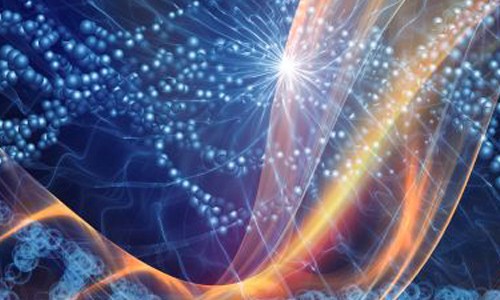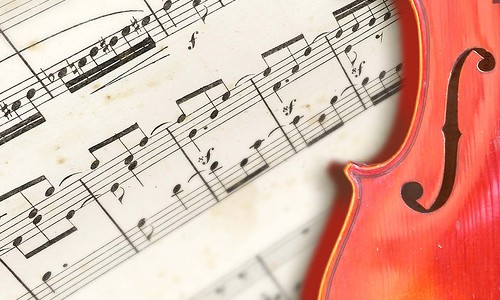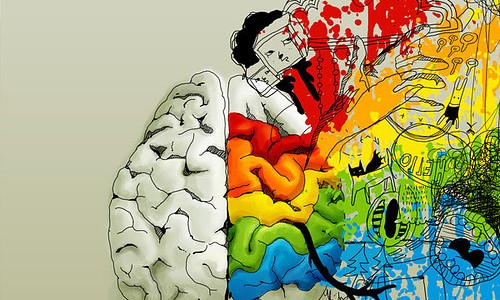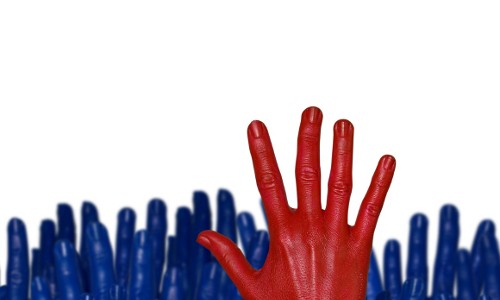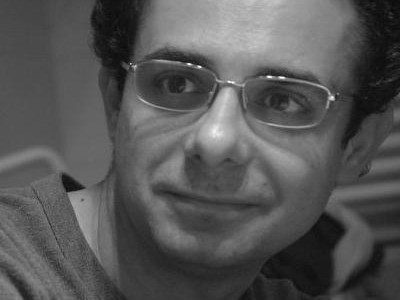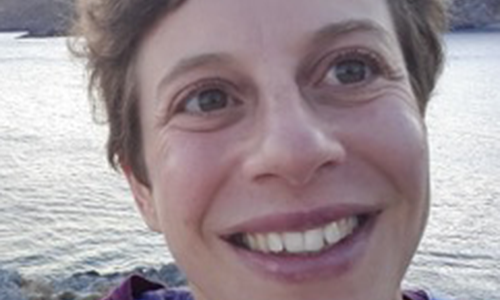by Riccardo Di Clemente
Abstract: Few attempts have been proposed in order to describe the statistical features and historical evolution of the export bipartite matrix countries/products. An important standpoint is the introduction of a products network, namely a hierarchical forest of products that models the formation and the evolution of commodities. In the present article, we propose a simple dynamical model where countries compete with each other to acquire the ability to produce and export new products. Countries will have two possibilities to expand their export: inno- vating, i.e. introducing new goods, namely new nodes in the product networks, or copying the productive process of others, i.e. occupying a node already present in the same net- work. In this way, the topology of the products network and the country-product matrix evolve simultaneously, driven by the countries push toward innovation.
